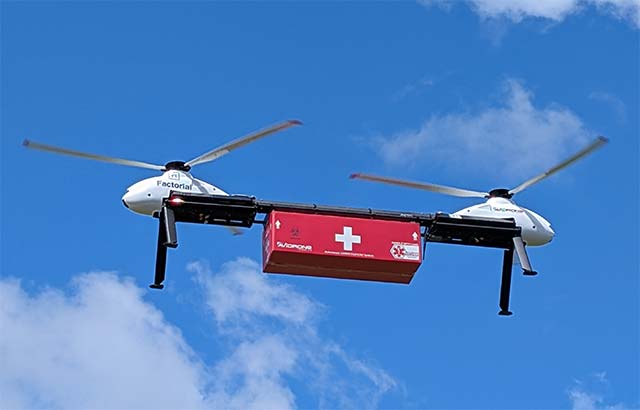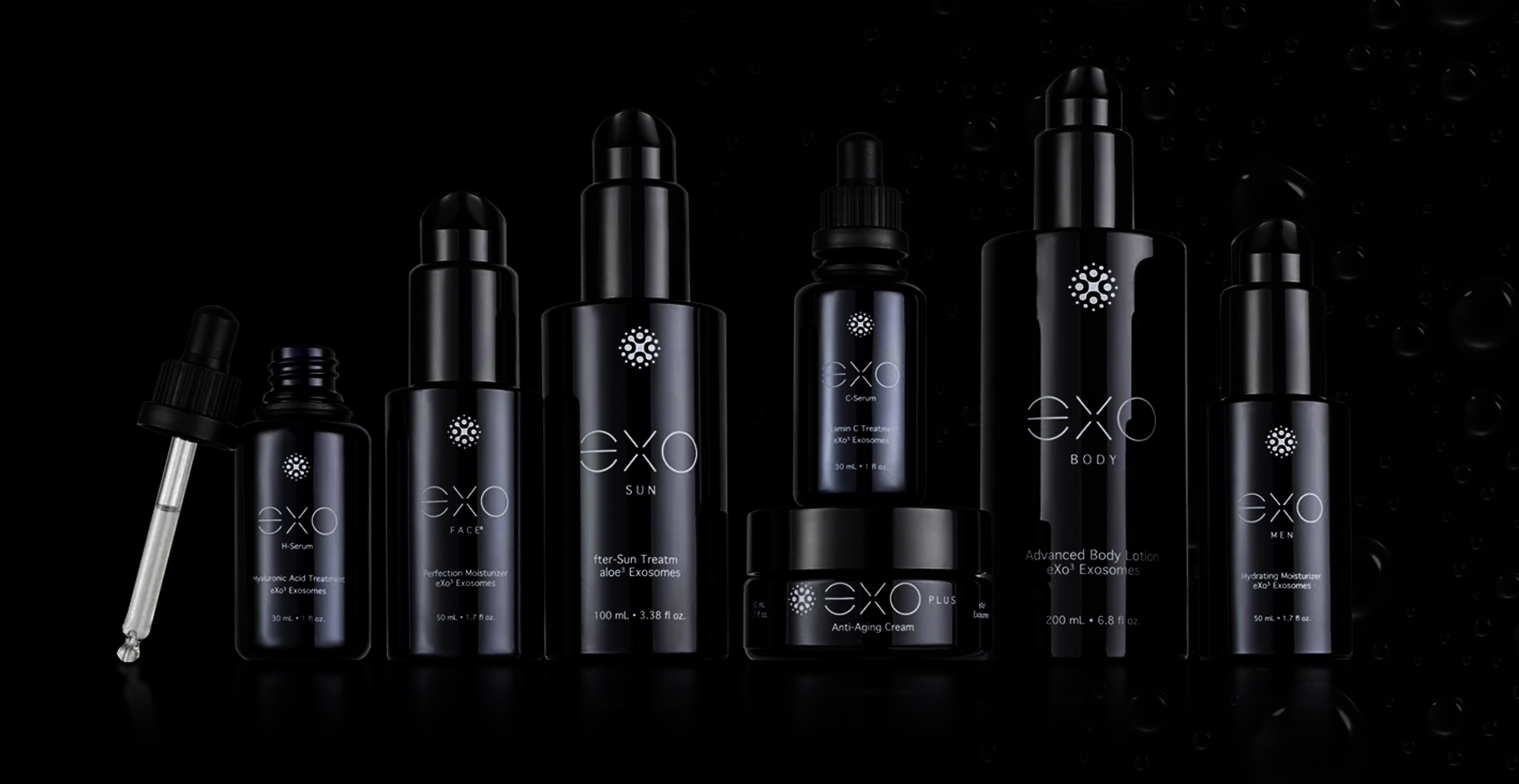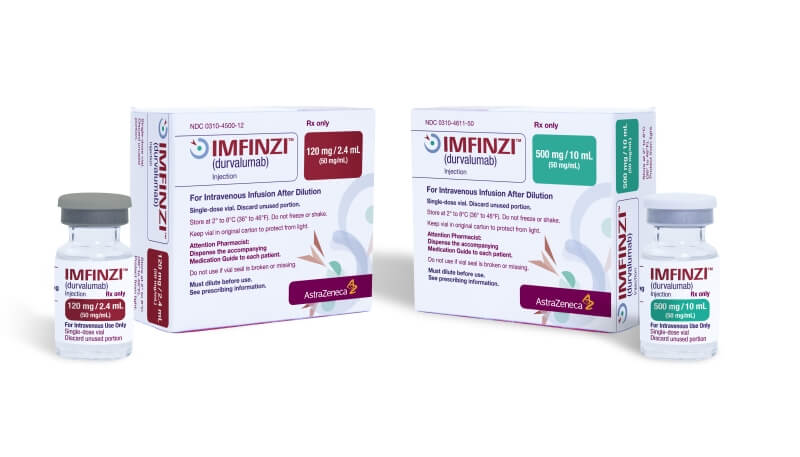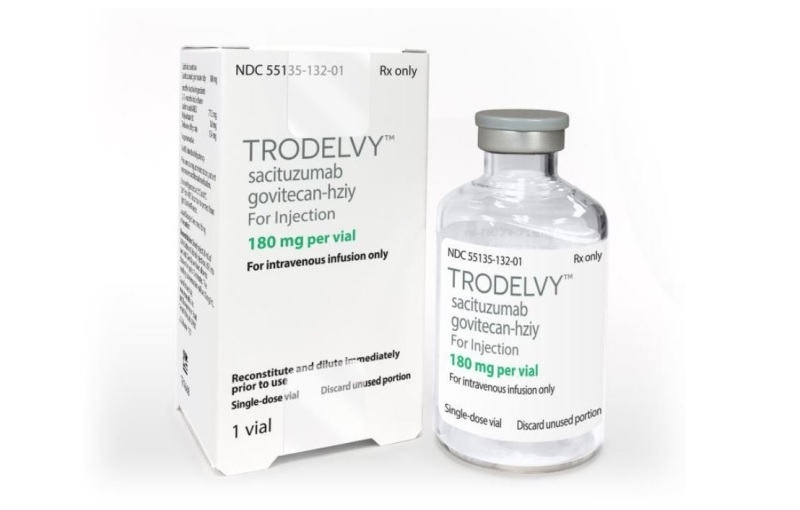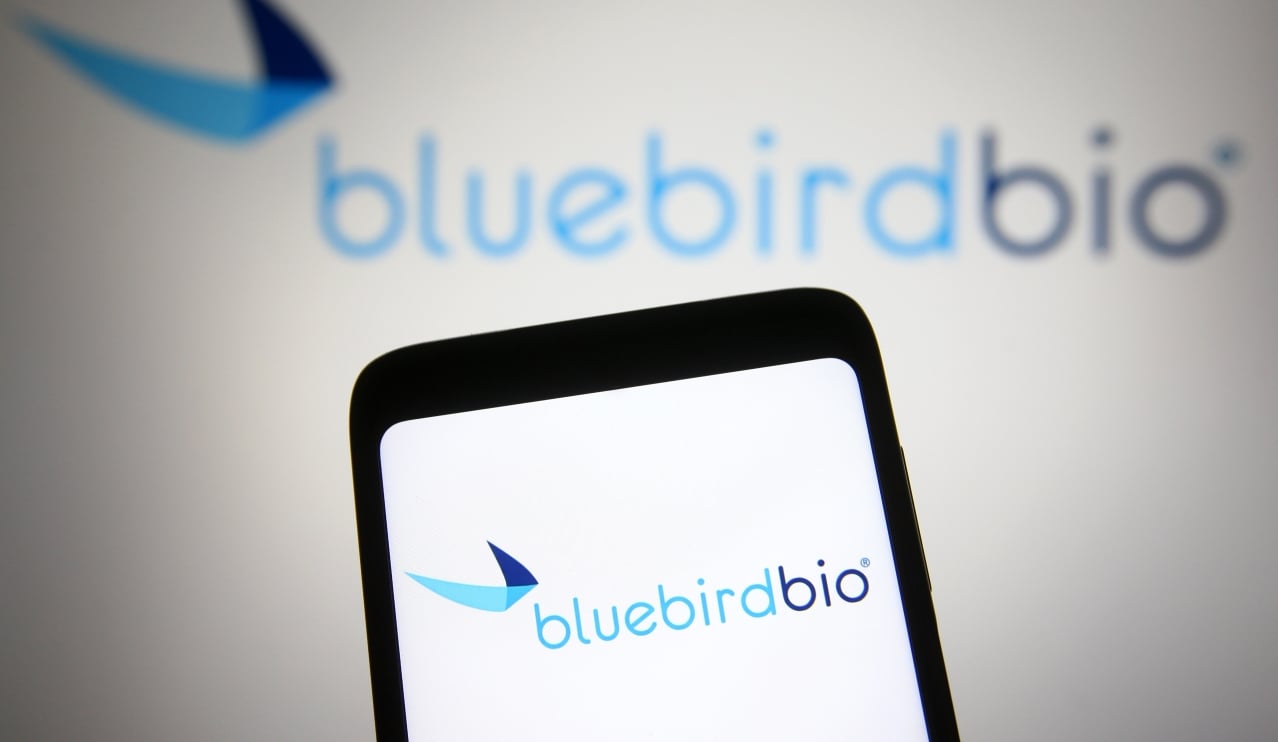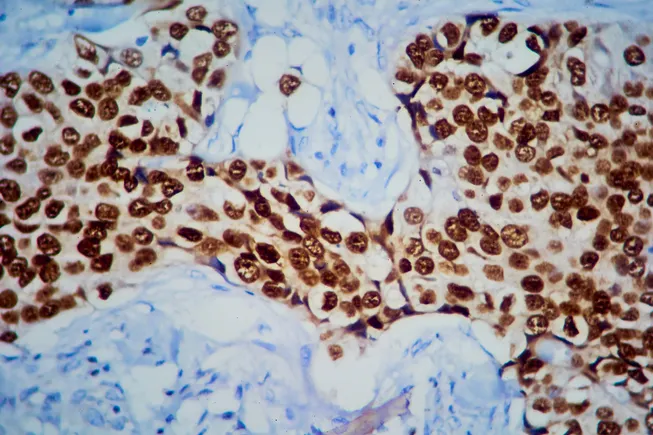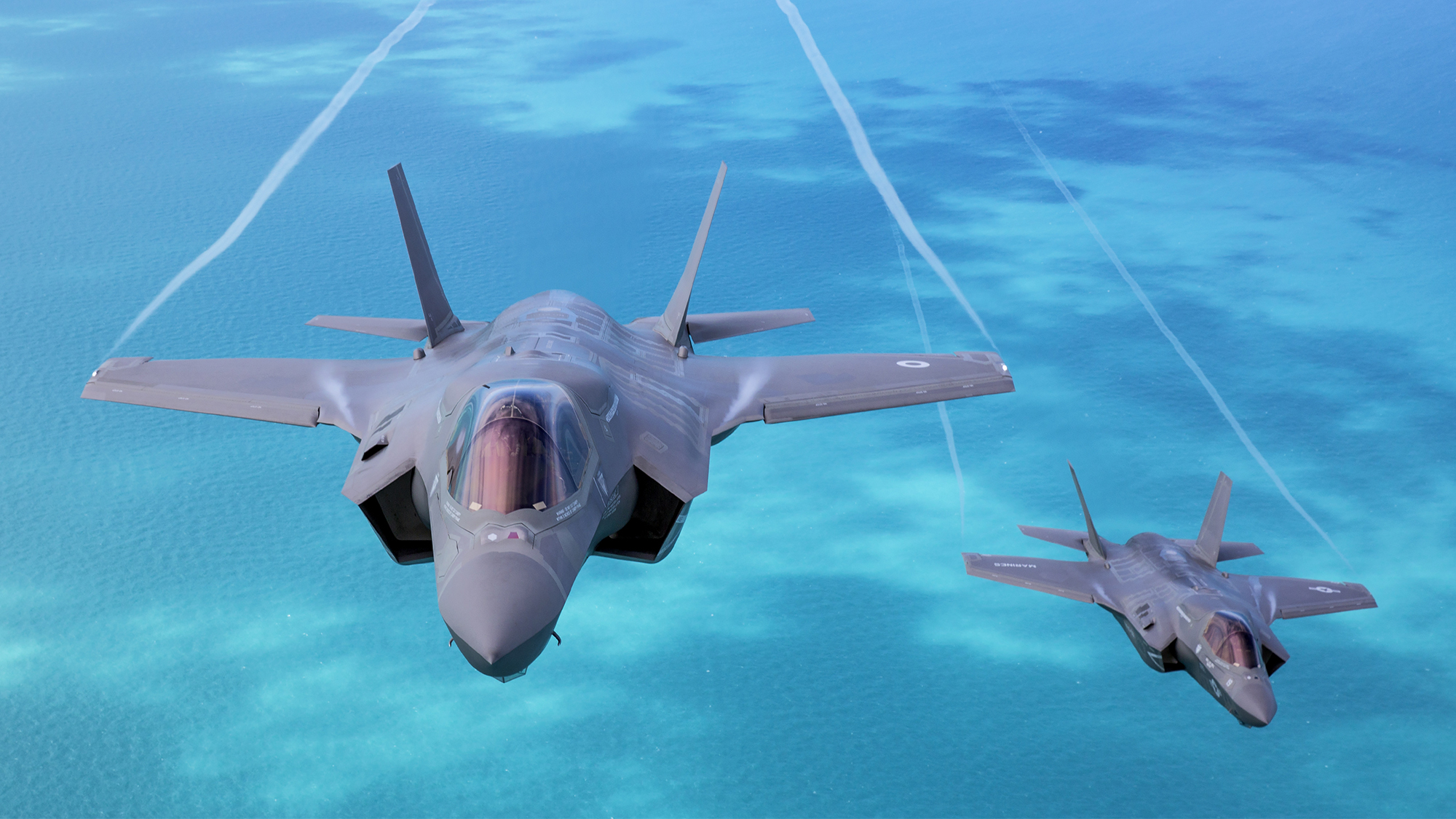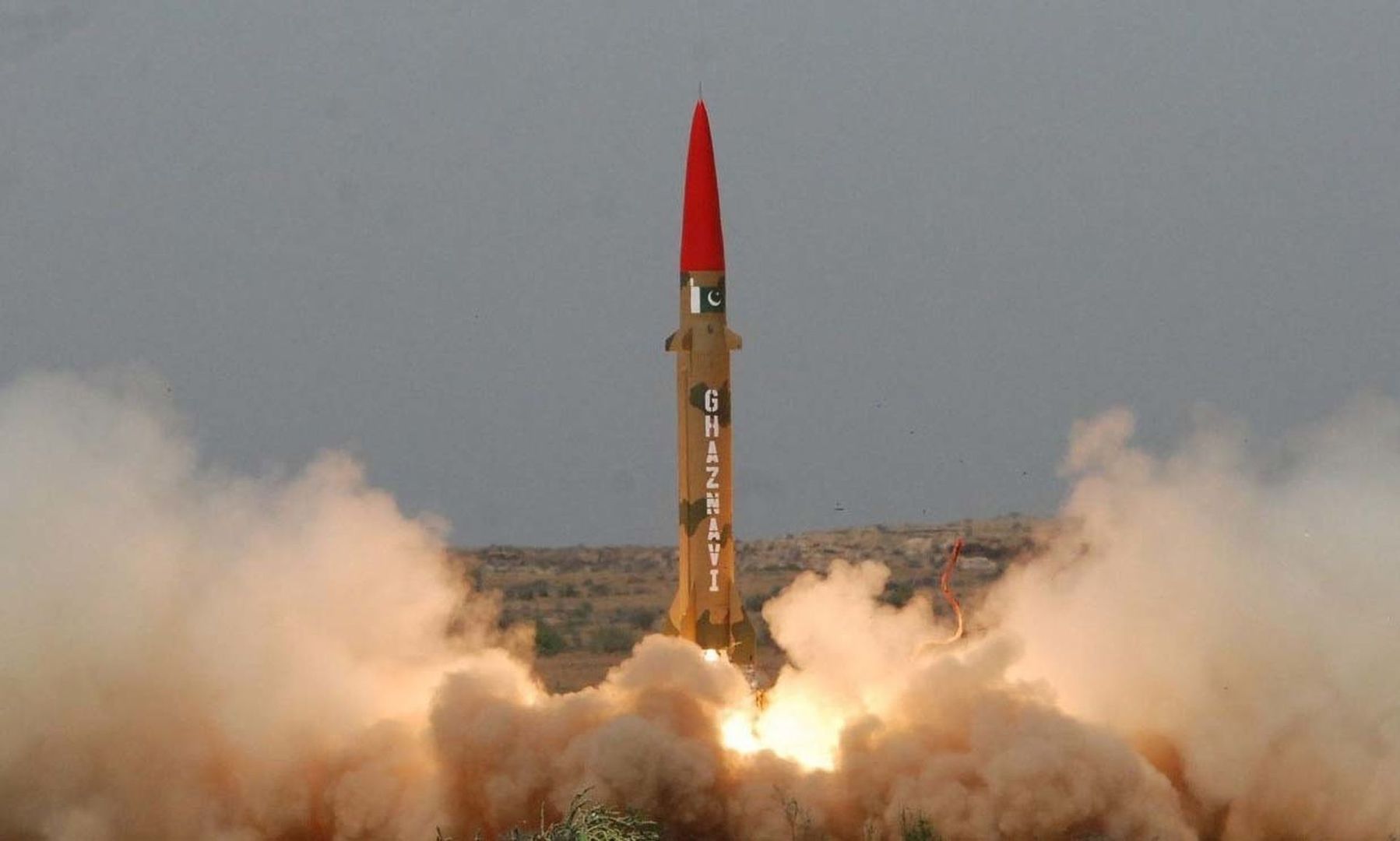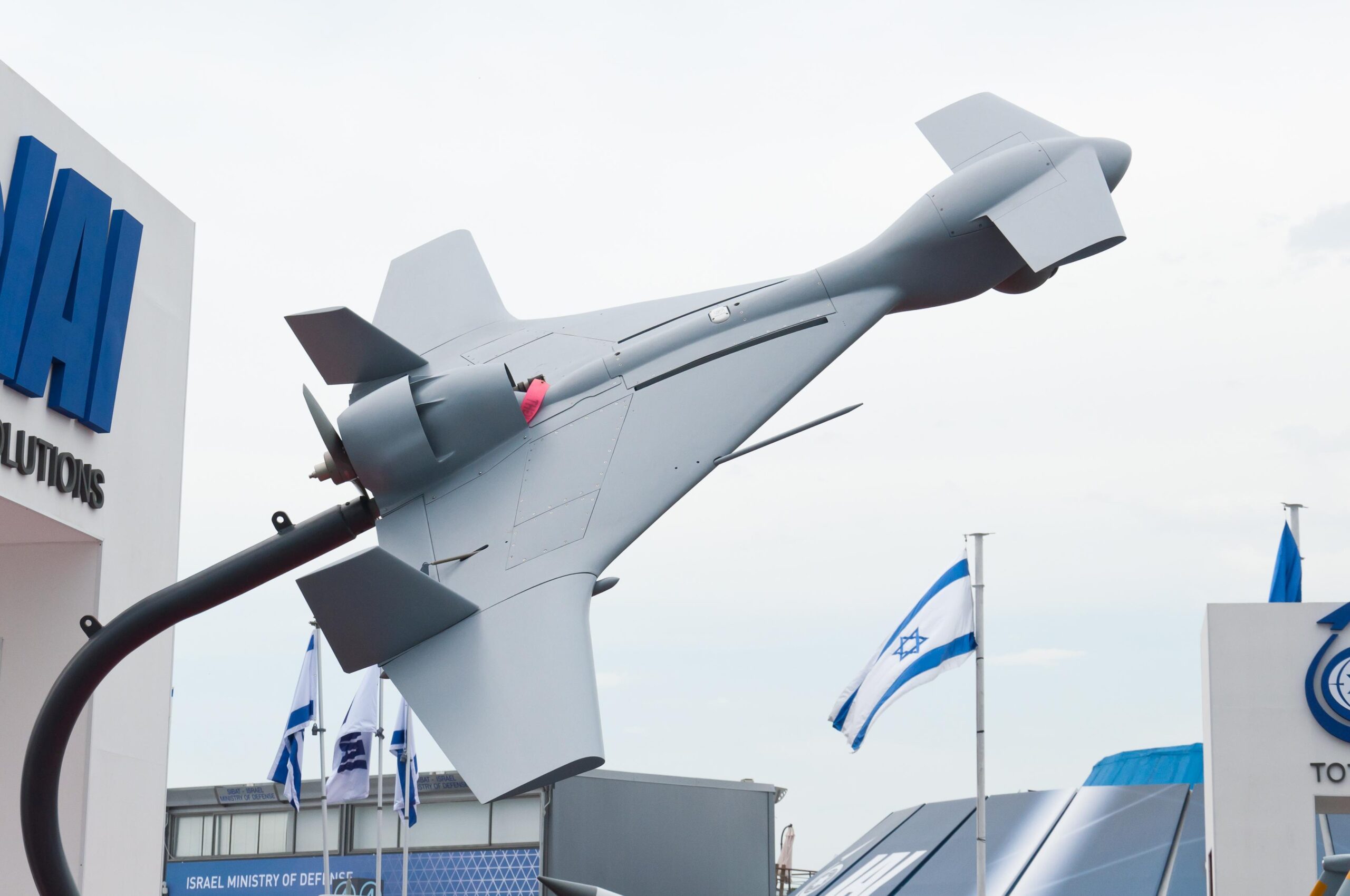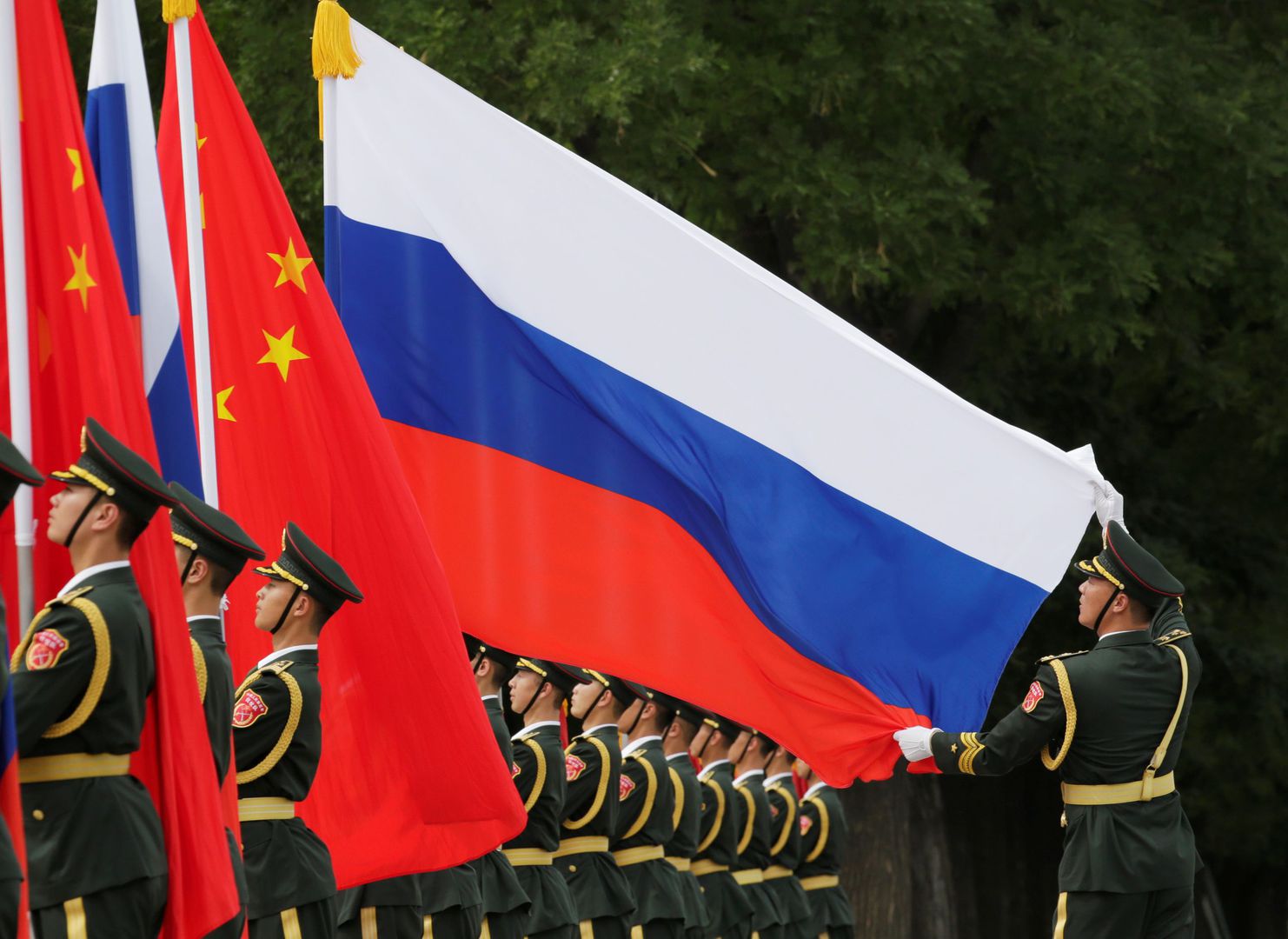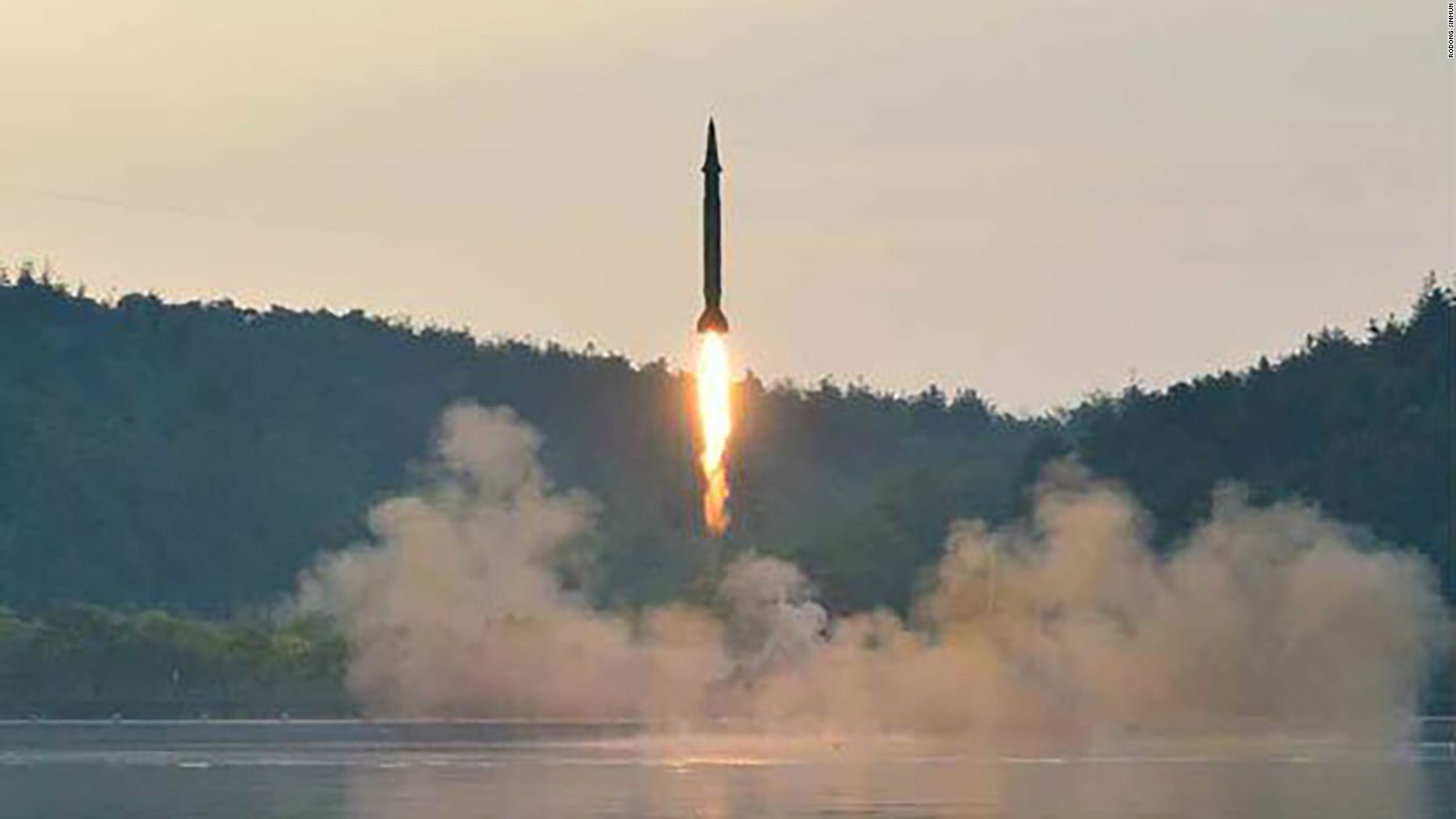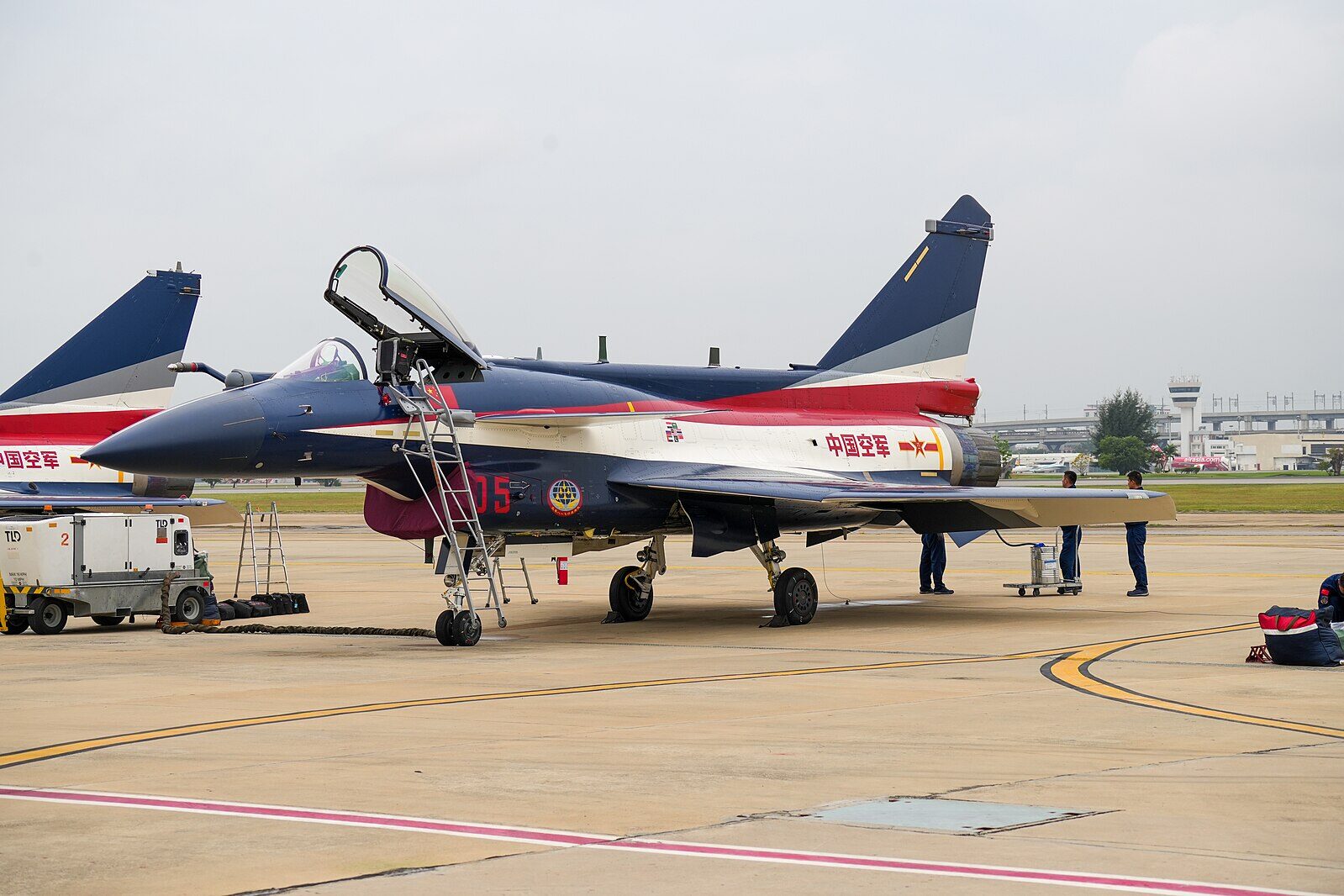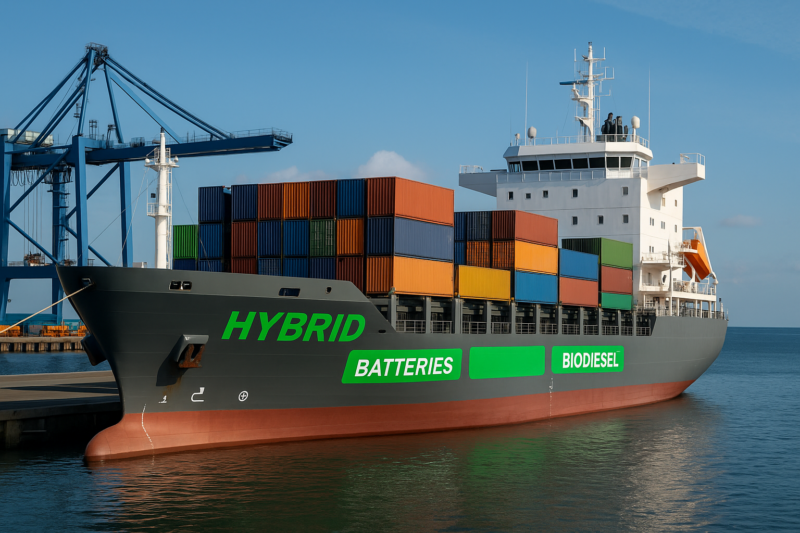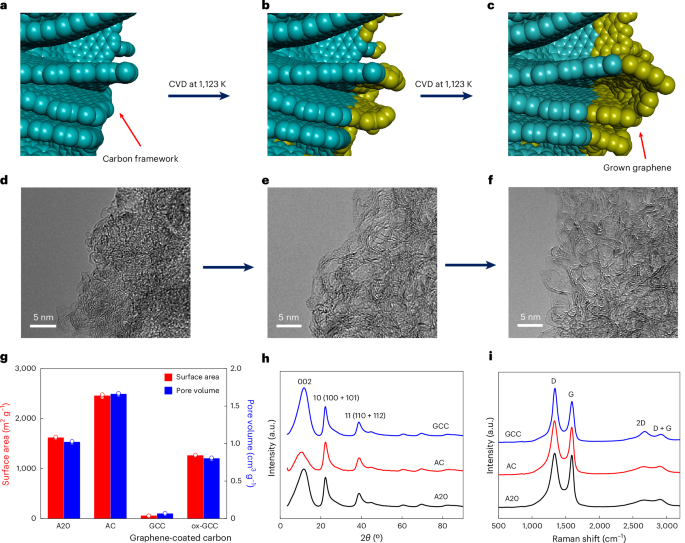Blood‐Brain Barrier‐Penetrating Nanocarriers Enable Microglial‐Specific Drug Delivery in Hypothalamic Neuroinflammation
Advanced Healthcare Materials, Volume 14, Issue 13, May 16, 2025.

Dual-targeting nanocarriers (CGN-MG-NC) encapsulating an IRAK-4 inhibitor zimlovisertib, are developed for the treatment of hypothalamic inflammation in cancer cachexia. The engineered nanocarriers efficiently traversed the blood-brain barrier and specifically targeted microglia, leading to the suppression of pro-inflammatory mediators. This therapeutic approach demonstrated significant efficacy in cancer cachexia models, as evidenced by improved food intake and preserved body mass.
Abstract
Hypothalamic inflammation plays a pivotal role in appetite dysregulation across various pathological conditions, including cancer cachexia. However, delivering anti-inflammatory agents to microglia, key mediators of hypothalamic inflammation, remains challenging due to the unsurmountable blood-brain barrier (BBB). To overcome this challenge, dual peptide-functionalized polymeric nanocarriers capable of both BBB penetration and microglial targeting are engineered for systemic delivery of IRAK4 inhibitors to treat hypothalamic inflammation. After intravenous administration, the nanocarriers demonstrated efficient brain and hypothalamic accumulation in both acute (lipopolysaccharide-induced) and chronic (pancreatic cancer cachexia) neuroinflammation mouse models. Their microglial targeting capability is confirmed through hypothalamic immunohistochemistry and flow cytometry analysis using a BBB-microglia co-culture model. Systemic administration of IRAK4 inhibitor-loaded nanocarriers effectively attenuated hypothalamic inflammation in both animal models, as evidenced by marked reductions in pro-inflammatory cytokine expression. Treated animals displayed significantly increased food intake and improved body weight compared to the saline-treated group. In the cancer cachexia model, the treatment preserved muscle mass, reducing cachexia-induced gastrocnemius muscle loss by 50% relative to controls. These findings highlight the potential of this nanocarrier system as a promising therapeutic strategy for conditions characterized by hypothalamic dysfunction, particularly cancer cachexia, where neuroinflammation plays a crucial role in disease progression.

























